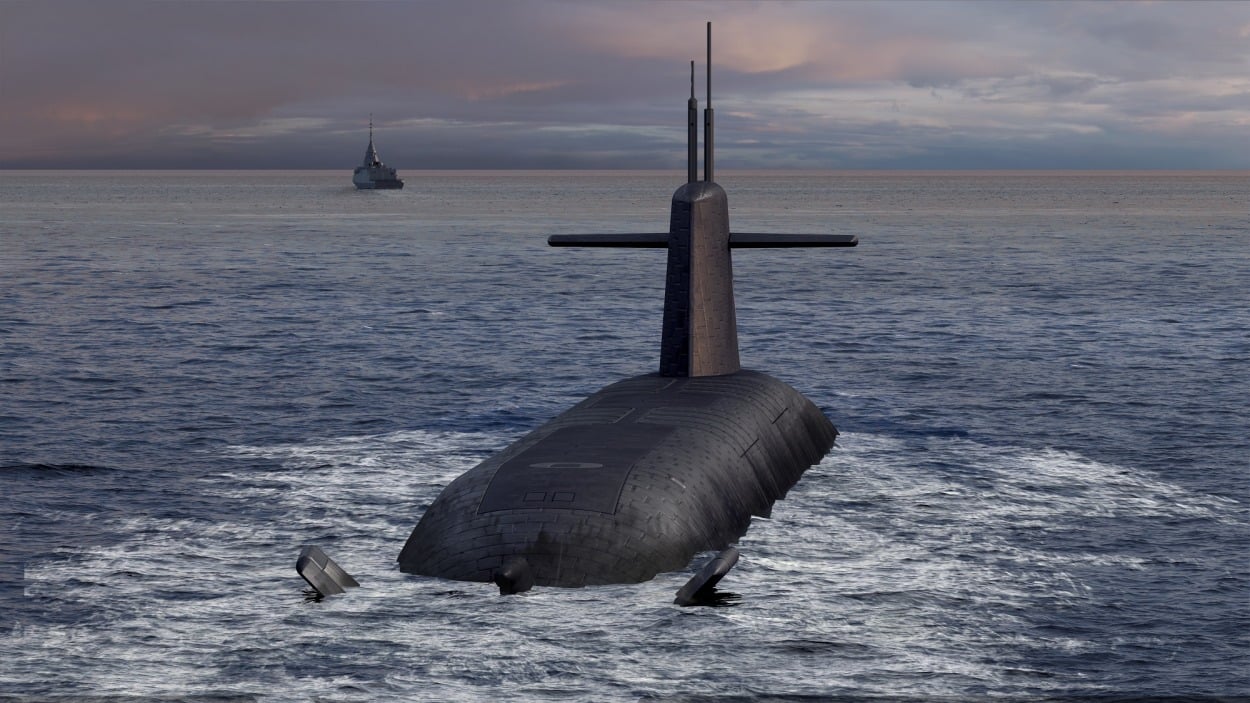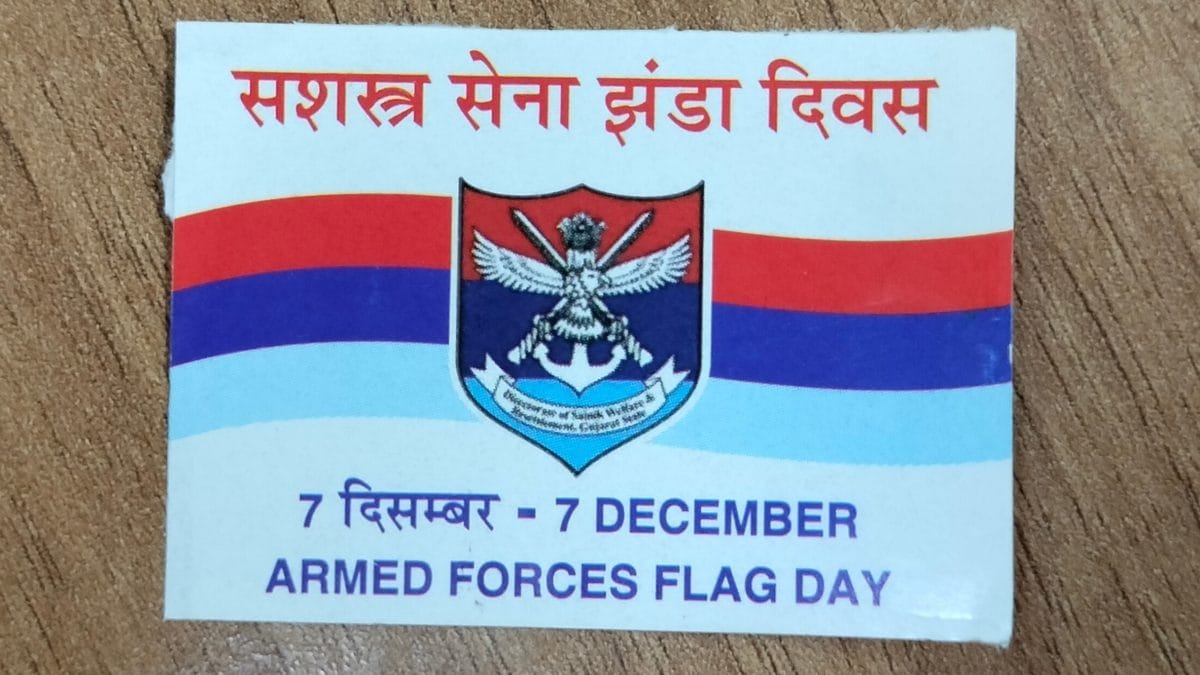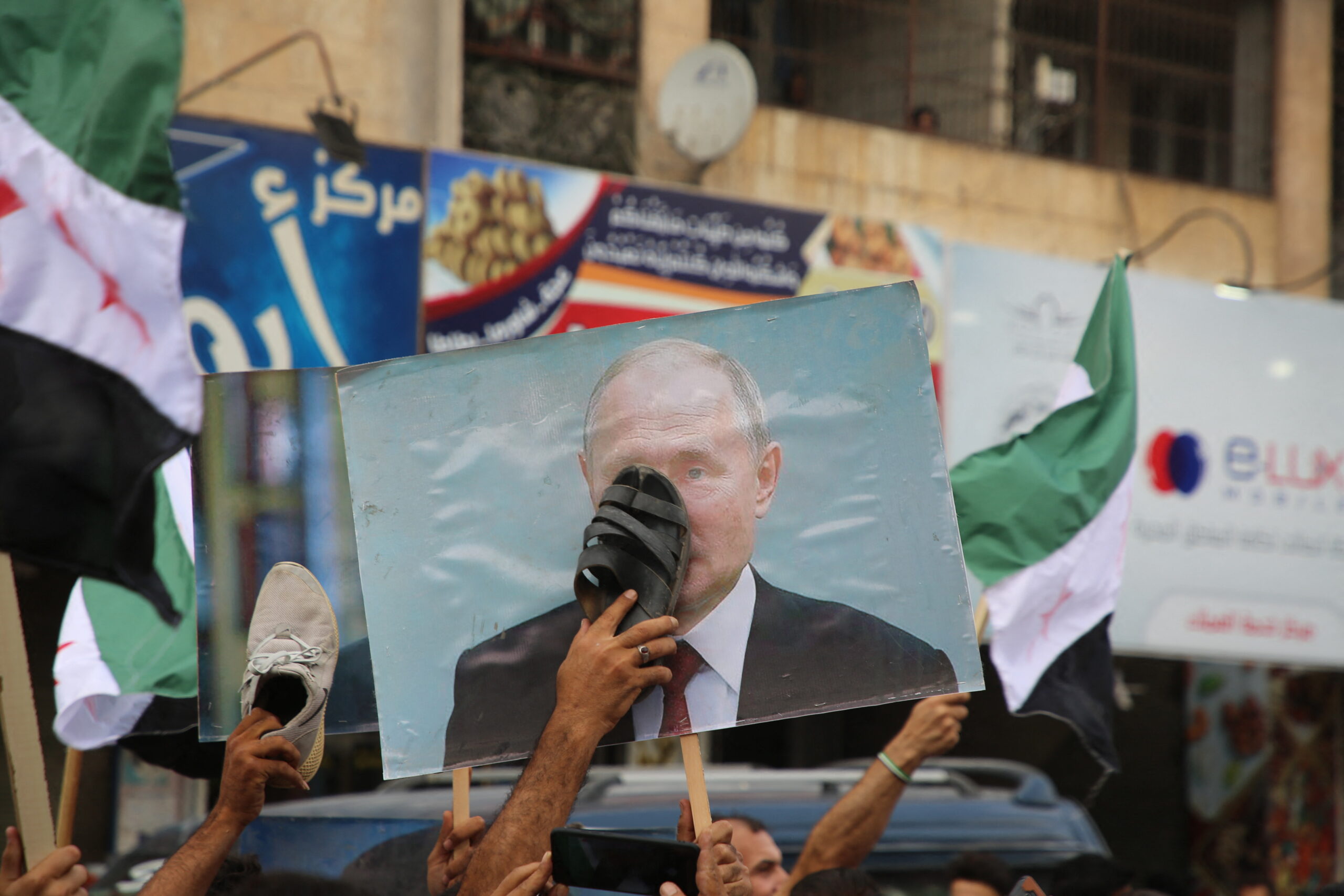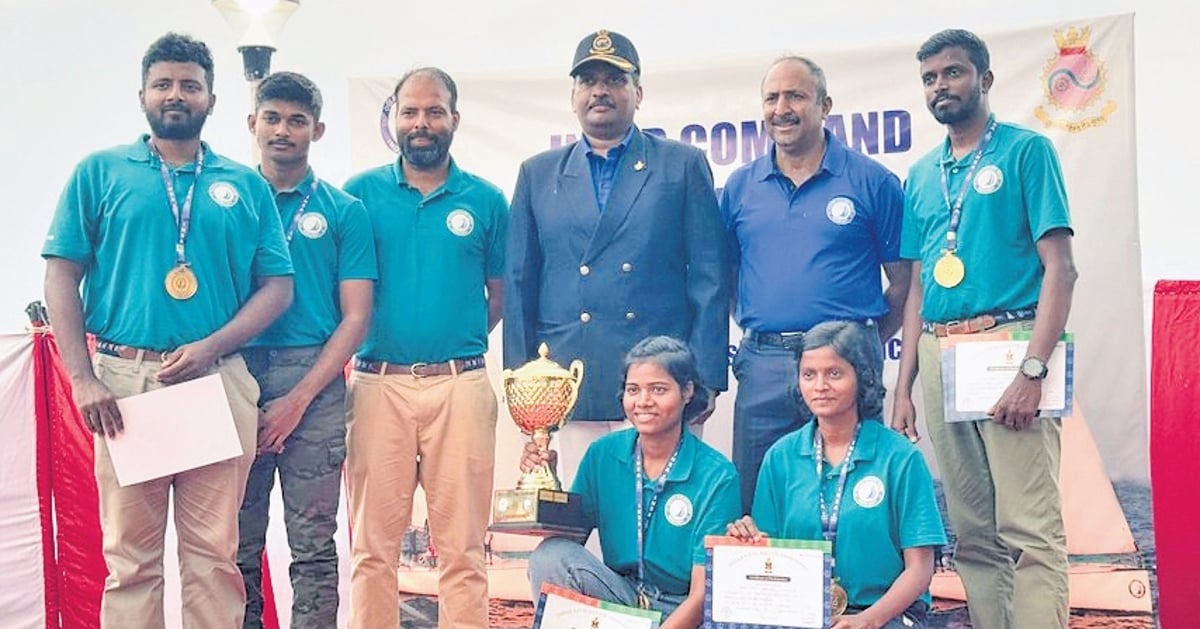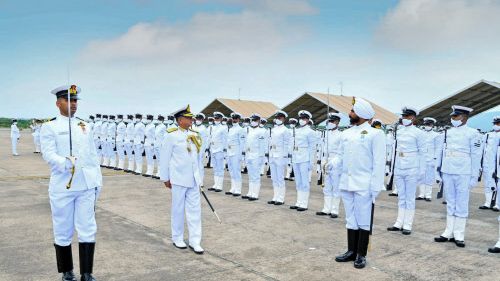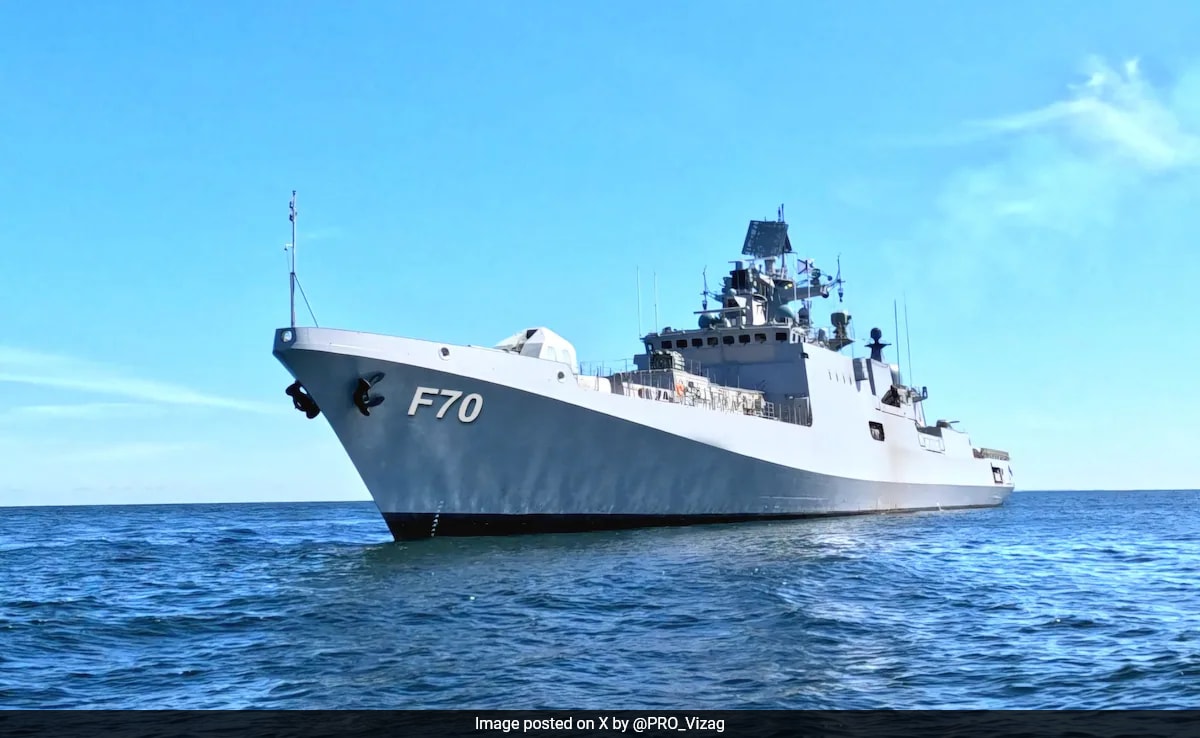India’s Nuclear Submarine Program Gathers Pace to Counter China’s Naval Expansion
India is significantly advancing its nuclear submarine program to enhance its military capabilities in response to the growing naval power…
Indian Armed Forces Flag Day 2024: Honoring Soldiers and Supporting Their Welfare
December 7 is observed as Armed Forces Flag Day in India, a solemn occasion dedicated to honoring the sacrifices of…
Polish PM Tusk: Syria’s Assad Ouster Shows Russia and Allies Can Be Defeated
Polish Prime Minister Donald Tusk emphasized the significant implications of Bashar al-Assad's overthrow in Syria, asserting that it demonstrates the…
Women Agniveers Shine in Inter Command Sailing Race, Showcasing Future of Navy
In a remarkable demonstration of skill and determination, two Agniveer women sailors from the SNC team took part in a…
Indian Navy Invites Applications for 10+2 (B.Tech) Cadet Entry Scheme for July 2025
The Indian Navy has announced the opening of applications for the 10+2 (B.Tech) Cadet Entry Scheme (Permanent Commission) Course, set…
Defence Minister Rajnath Singh to Commission INS Tushil, India’s Latest Stealth Frigate, in Russia
In a significant boost to India's naval capabilities, Defence Minister Rajnath Singh is set to commission the latest addition to…

